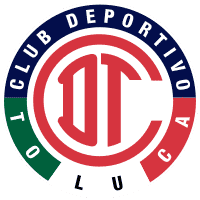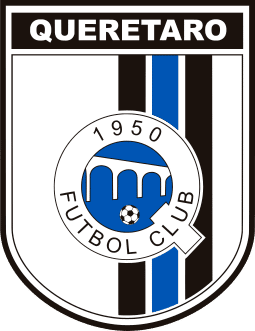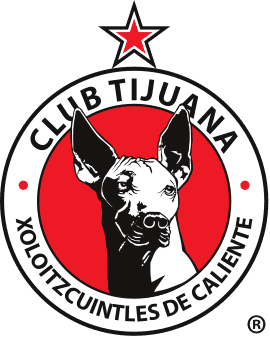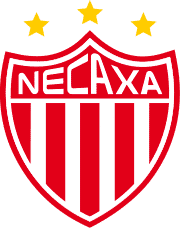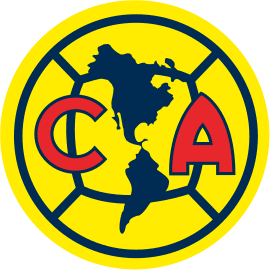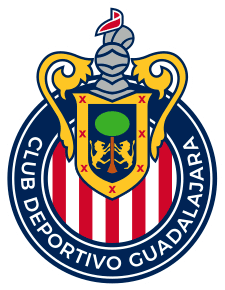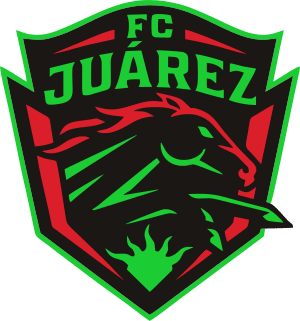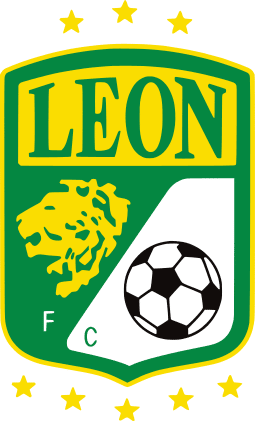Club Puebla Tryouts & Club Guide: History, Stadium, Players, and More!

Welcome!
Discover the world of soccer with fcscout.com, your go-to scout for club tryout information, club guides, player profiles, in-depth product reviews, and more. We’re dedicated to exploring and revealing the best in each domain, empowering you with knowledge to make informed choices.
Thank you for being here!
Hi, I’m Carlos! A coach, sports enthusiast, and the founder of FCScout.com.
I fell in love with the game at a very young age like many of you. I’ve been following and playing soccer for many years.
Throughout my career, I always enjoyed helping soccer players chase their dreams, which is why I started this website. I wanted to reach a larger audience outside of my local area and fcscout.com was born.
This website is a platform I will be using to update club pages on any tryouts, stadiums, players, tech, and more from clubs around the world. I also create free recruitment profiles for players looking to have that extra competitive edge when reaching out to clubs.
That’s it. That’s my pitch for you to stick around (or browse the site as you please).
This is already too much text for a “see more” drop-down button thing. If you want to reach out to me, head on over to my contact page 🙂

Club Puebla, formerly Puebla F.C. is a Mexican professional football club based in the city of Puebla, Mexico. The club competes in the Liga MX, the top flight of Mexican football.

Club Puebla Youth Development System
Club Puebla Reserves
Club Puebla Reserves and Academy are the reserve team of Club Puebla along with the rest of the Mexican first division as of 2009 an under 20, under 17 and under 15 reserve squad which play their own individual tournaments against the opposing clubs reserved squads. The Reserve squads usually play the day before the Liga MX plays their matches on the same matchday.
Club Puebla Academy Programs
The Club Puebla academies have the purpose of providing the sports base for the correct development of the players’ skills. This project is managed and directed by the club based on its philosophy, game training and sports structure. They have several academies in Mexico. International academies are also present in the United States and Colombia. To see a full list please see below or click here.
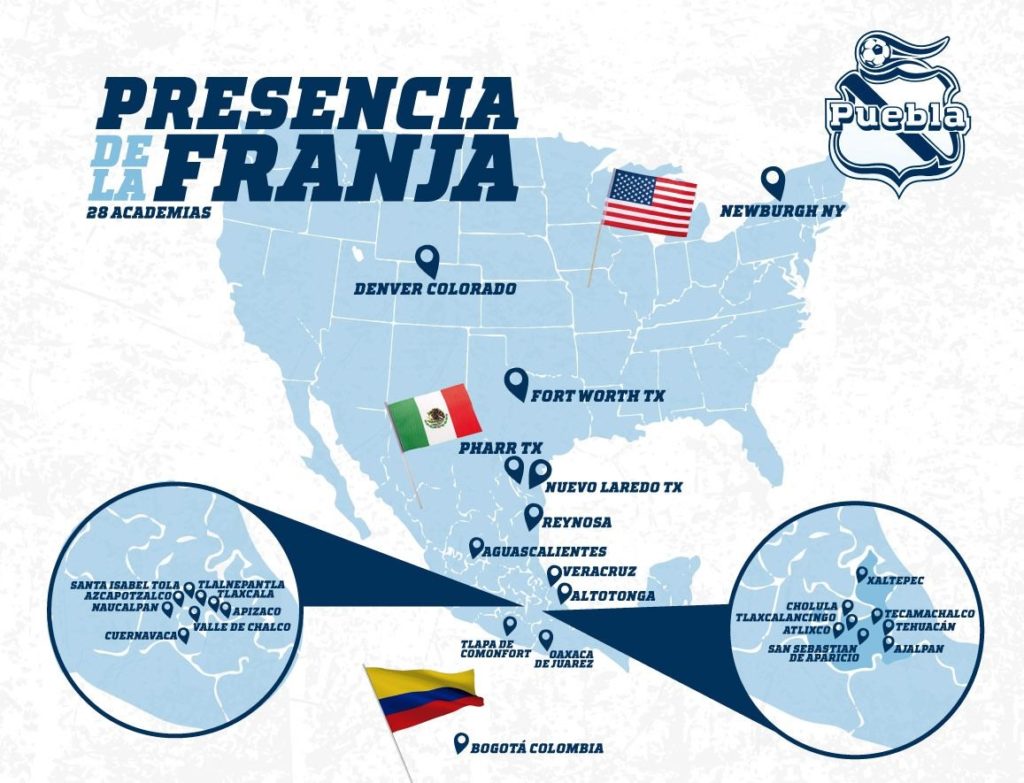
| Location | Website |
| Tlaxcala, Tlaxcala | |
| Apizaco, Tlaxcala | |
| Cholula, Puebla | |
| Xaltepec, Puebla | |
| Reynosa, Tams | |
| Pharr, Texas | |
| Newburgh, NY | Website |
| Aguascalientes | |
| Tehuacan, Puebla | |
| Tlapa, Guerrero | |
| Oaxaca | |
| Veracruz (Puerto) | |
| Cuernavaca | |
| Atlixco, Puebla | |
| Tlanepantla, EDOMEX | |
| Azcapotzalco | |
| Ajalpan, Pue | |
| Puebla, Puebla | |
| Tlaxcalancingo, Pue | |
| Naucalpan | Website |
| Santa Isabel Tola | |
| Valle de Chalco | |
| San Martín Texmelucan | |
| Bogotá, Colombia | |
| Silao, Guanajuato |

To learn more, visit their official academy website by clicking here.
EXPLORE MORE CLUBS!
Explore more professional clubs by continent.
Club Puebla History
The city of Puebla, Mexico, has fielded an official football squad continuously since the year 1904. It all began in England when a group of Englishmen established club Puebla AC. In later years, it became a part of the Mexican football league, which was active during the amateur era. During the season 1944–1945, they were victorious in their first formal competition, the Copa Mexico (nowadays known as Copa MX). They repeated their victory and took home the title for the 1953–1954 season. After a penalty shootout victory against Guadalajara in the season 1982–1983, they were awarded their first league championship. In the 1987–88 season, the squad defeated Universidad de Guadalajara to win their third Copa Mexico. The following season, in the 1989–90 season, they defeated Universidad de Guadalajara to win their fourth Copa Mexico and their second league title. The accomplishment of winning both the league championship and the Copa Mexico gave the club the right to be referred to as “Campeonsimos,” which is Spanish for “champions.” They won their first CONCACAF championship in 1991 by claiming victory over the Police team from Trinidad & Tobago. The team finished in second place during the 1992–1993 season after suffering a defeat in the league championship game to Leon by a score of 2-0 in overtime.

At the conclusion of the 1999 season, the team was demoted to Primera A, which is Mexico’s second-tier league. However, the club owners purchased the franchise of the team that was promoted to take their place (this practice was later banned by the league). At the conclusion of the Clausura 2005 season, the squad was once again demoted to a lower division. The squad defeated Salamanca in the championship game of the Primera A Apertura 2006 tournament, and went on to win the competition. However, in the season that followed, the Primera A Clausura 2007, Leon eliminated them in the semifinals. They had to compete against the winners of the other tournament in order to earn the right to compete for the promotion, because they had won one of the tournaments that were part of the yearly cycle.
In the promotion game on May 26, 2007, Puebla prevailed over Dorados de Sinaloa, which took place in an overflowing Cuauhtémoc Stadium with more than 45,000 spectators. This victory earned Puebla another promotion. After the club won the league championship, celebrations broke out all over the city of Puebla. These festivities were reminiscent of the ones that took place after the team won the championship in 1983 and 1990. Puebla spent the following years avoiding relegation from the top tier league. However, in the Clausura 2009 season, against the odds, they managed to make it to the tournament knockout stage, reaching the semi-finals before being eliminated by Pumas UNAM, who went on to win the tournament. Puebla’s run came to an end there.
Stadium
The city of Puebla, which is located in Mexico, is home to a football stadium known as Estadio Cuauhtémoc. It is the location of Club Puebla’s headquarters. It now holds the position of the fourth-largest capacity of any football stadium in Mexico. The 1970 FIFA World Cup and the 1986 FIFA World Cup were both held in the stadium at different times. The stadium underwent extensive repairs beginning in November 2014 and continuing into 2015. Since it is the first and only stadium in Latin America to have a facade that is completely covered with ETFE, Cuauhtémoc Stadium in Mexico is considered to be an innovation in textile design and sports architecture in the country. This recognition came about in November of 2015 when it was completed.
Crest
The first badge that was ever worn by the club did not depict the club’s primary colors, which are blue and white, nor the slash that runs from the left shoulder to the right waist. Instead, the club used the city’s coat of arms, which has the picture of Puebla Cathedral surrounded by angels. It was with this badge that the clubs won their first titles in the Copa Mexico in 1945 and 1953 respectively. Between the years 1944 and 1971, the club used this logo.
The club made its first update to its emblem in the middle of the 1970s, giving it more detail, adding color, and, for the first time, including the customary sash into the design. Between the years 1974 and 1980, this badge was worn by the club. In 1981, the club issued a commemorative emblem in the form of a pin to mark the occasion of the 450th anniversary of the city’s founding. The club wore a straightforward emblem in the year 1982, which had a blue football (ball) with the club’s name at the top and the country’s name at the bottom; nevertheless, that was the only year the club would ever wear that badge. That year, the club won the championship.
In 1983, the club began using the symbol that is now considered to be its traditional emblem. This insignia features the club’s name along with a sash that is supposed to run from left to right inside of a blue shield. From 1983 to 1994, the club utilized this design for their emblem. During that time, they added stars to the design to signify the team’s first league title in 1982 and their second league title in 1990.
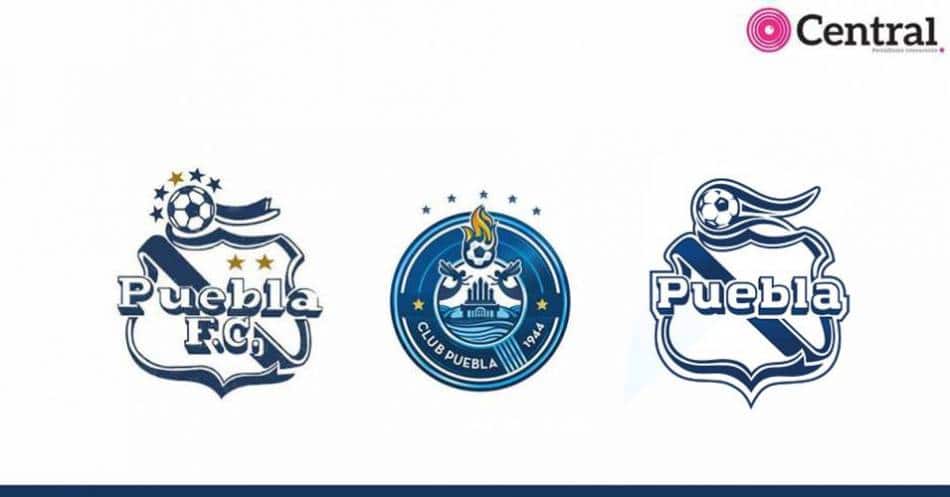
In 1995, following a change in ownership of the club, the new owners made the decision to redesign the club’s badge as a square featuring a sash that runs from left to right. The top of the square featured the club’s name at the time, which was La Franja (The Sash), and the bottom featured a football (ball). The new owners of the club, the Abed brothers, decided to change the club’s colors for the tournament in 1996 to orange and white. However, the badge design remained the same, but the colors of the eres were switched from blue and white to orange and blue. After yet another change in ownership, this time brought about by Francisco Bernat’s acquisition of the club in 1998, he makes the decision to bring back the club’s colors as well as the badge that was used throughout the 1980s. Since 1998 up till the current day, Francisco Bernat has owned the clubs, and during his tenure as owner, the clubs have been given a variety of commemorative badges to wear in honor of significant accomplishments and anniversaries.
Ownership
The majority of Club Puebla is owned by Manuel Jiménez Garcá, who also serves as the club president. He fulfilled a lifelong desire by purchasing the club in 2017, so becoming the owner of a team that has won the Mexican championship twice.

Over the course of several years, Manuel Jiménez Garcá was successful in expanding his sneaker store, which was known as Mister Tennis. When he made the decision to sell his company and finance the purchase of Club Puebla, he had already opened more than 160 outlets across Mexico.






